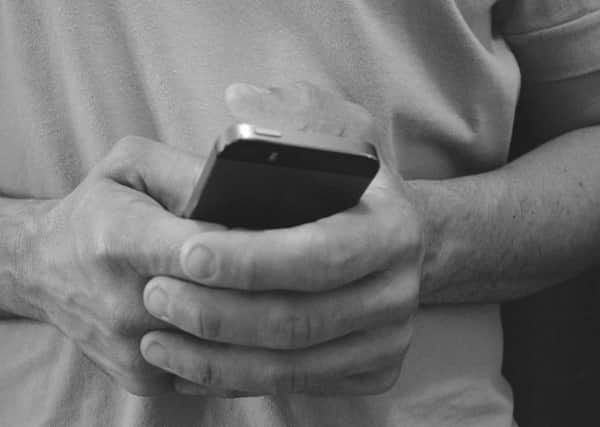Call to revamp 999 for smartphones


Radical changes need to be made to the emergency 999 service to make it suitable for the smartphone generation, a report has warned.
A text alert system and apps could form part of a data-based emergency service, the Institution of Engineering and Technology (IET) suggested in its report entitled Contacting Emergency Services in the Digital Age.
Advertisement
Hide AdAdvertisement
Hide AdThe latest GPS technology could allow emergency services to collect any available information about a user’s location
It said the need to update is “critical” as communications have undergone major changes since the 999 service was designed more than seven decades ago.
Professor Will Stewart, chairman of the IET’s Communications Policy Panel said the latest Ofcom figures show the majority of communications by 12 to 15-year-olds are now text-based.
He said there is a concern that making a 999 call is not something that would feel “natural” for this age group, even though they are statistically more likely to be victims of crime.
Advertisement
Hide AdAdvertisement
Hide AdThere are instances when it would be more appropriate to send a message than make a call, Prof Stewart said.
“A girl alone in a minicab who becomes worried about her personal safety might feel unable to make a call on her mobile phone - but could send a text or alert someone over social media,” he said.
“And in the case of certain crimes, such as abduction or a break-in, a silent text or app-based alarm system would be more appropriate and instinctive than the current voice-based one for everybody - irrespective of their age.”
The IET said prioritising alerts would be the “ main engineering challenge” to avoid delays at busy times.
Advertisement
Hide AdAdvertisement
Hide AdThe latest GPS technology could allow emergency services to collect any available information about a user’s location, including in instances where a phone may have been stolen.
The seriousness of a threat could be informed by a scan of the messages for keywords like “SOS”, the report said.
It is important that agencies work together on a new strategy, Prof Stewart added.
“ Much of the technology we need to update our emergency service is available today. But we need a shared, cross-party strategy to create a common and user-friendly interface for all service providers to connect to - and one that the general public will be happy to use,” he said.
Advertisement
Hide AdAdvertisement
Hide Ad“And it’s important we do this before different parties go off and do their own thing - confronting the public with too many options and no universal emergency service.”
Superintendent Mark Nottage, who works on the Emergency Services Mobile Communication Programme at the Home Office, said progressing with the use of digital technology is a priority.
“Many people, particularly young people, are using a range of social media applications to communicate, and many rarely make voice calls in their daily lives. This means that we need to adapt and be responsive to ensure that when people need to contact the emergency services or other public services they can quickly access the right information and the most appropriate service first time, and in the way that they choose and are familiar with.”